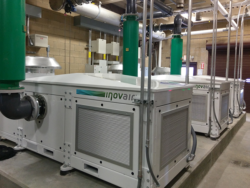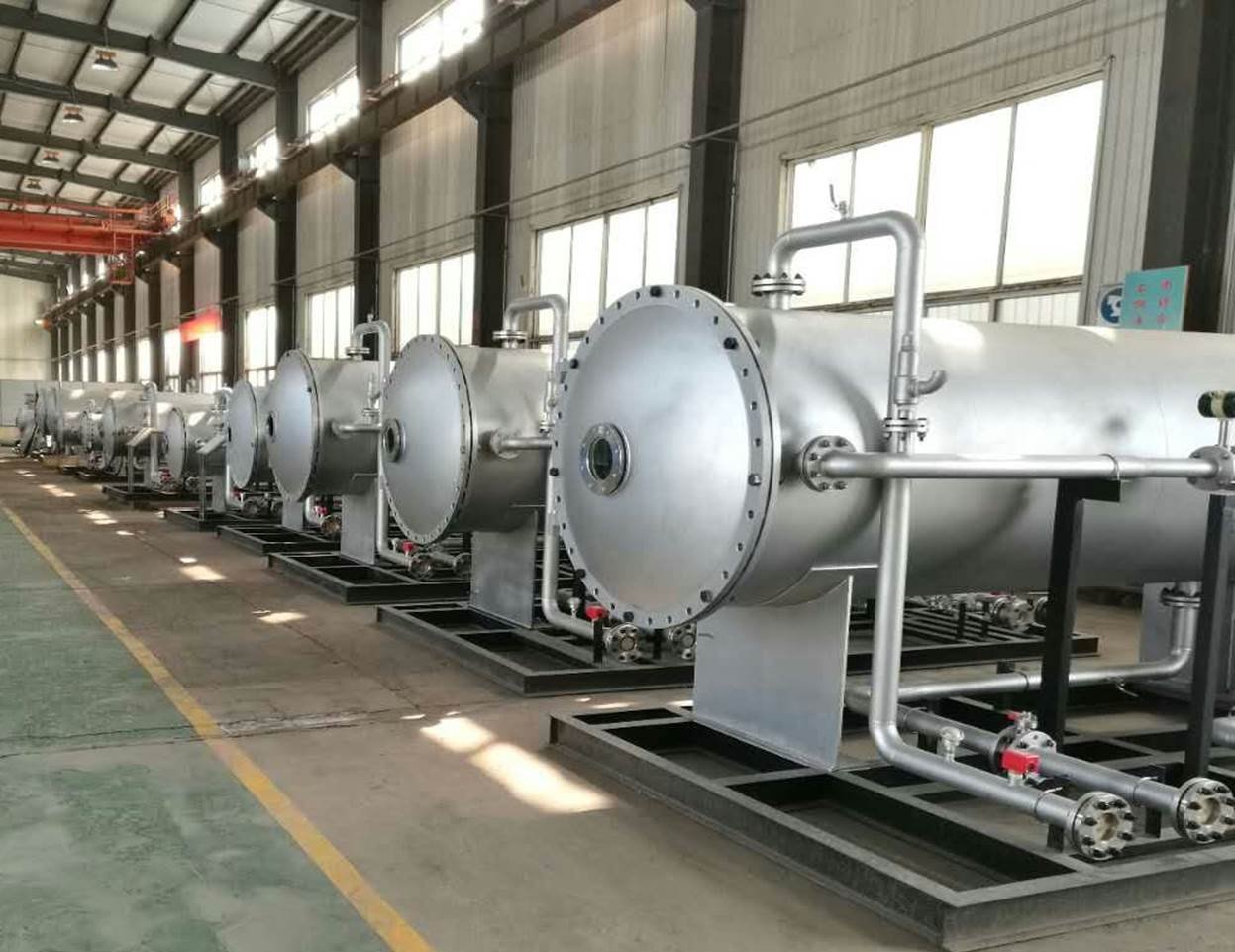
phytoremediation of wastewater
Phytoremediation of wastewater is a sustainable and environmentally friendly approach to treating contaminated water using plants. This method harnesses the natural ability of certain plants to uptake and accumulate pollutants from the water, thereby decontaminating it. Phytoremediation has gained increasing attention as a cost-effective and ecologically sound alternative to traditional wastewater treatment methods.
In this article, we will explore the principles of phytoremediation, its mechanisms, types, benefits, limitations, and applications in the treatment of wastewater. We will also discuss some case studies showcasing the effectiveness of phytoremediation in purifying water bodies contaminated with various pollutants.
Principles of Phytoremediation
Phytoremediation is based on the ability of certain plants to absorb, metabolize, and accumulate contaminants from the soil and water. Plants use a variety of mechanisms to achieve this, including phytoextraction, phytodegradation, phytostabilization, rhizofiltration, and phytovolatilization.
– Phytoextraction: This process involves the uptake of contaminants by plant roots and their translocation to the shoots, where they are sequestered in the tissues. The contaminated plant biomass can then be harvested and disposed of safely, effectively removing the pollutants from the water or soil.
– Phytodegradation: Some plants have the ability to break down or detoxify pollutants through biochemical processes within their tissues. This can result in the transformation of toxic compounds into less harmful substances, which can then be removed from the ecosystem.
– Phytostabilization: In phytostabilization, plants help immobilize contaminants in the soil or water, preventing their migration and reducing their bioavailability. This can be particularly useful in areas with high levels of heavy metals or other persistent pollutants.
– Rhizofiltration: This method involves the uptake of contaminants by plant roots from the water, leading to their accumulation in the root system. The pollutants can then be either removed from the water by harvesting the plants or degraded within the root tissues.
– Phytovolatilization: Some plants have the ability to take up volatile contaminants from the soil or water and release them into the atmosphere as gases through their leaves. This process can help reduce the levels of volatile organic compounds in contaminated water bodies.
Types of Phytoremediation
There are several different types of phytoremediation that can be used to treat contaminated water, each with its own advantages and limitations:
– Constructed Wetlands: Constructed wetlands are engineered systems that use a combination of aquatic plants, soil, and microbes to treat wastewater. The plants in the wetland help remove pollutants through a combination of phytoextraction, rhizofiltration, and phytodegradation.
– Floating Treatment Wetlands: Floating treatment wetlands are artificial islands of floating vegetation that can be deployed in lakes, ponds, or rivers to absorb nutrients and contaminants from the water. These floating islands can support a variety of plants, including water hyacinth and water lettuce, which can effectively treat contaminated water bodies.
– Phytofiltration: Phytofiltration involves the use of plants to filter and clean water in a controlled environment, such as a greenhouse or phytoreactor. This method is particularly effective for removing heavy metals, nutrients, and organic pollutants from wastewater.
– Phytoaccumulation: Phytoaccumulation is the process of growing hyperaccumulating plants in contaminated soils or water bodies to absorb and accumulate high concentrations of specific pollutants. These plants can be harvested and disposed of safely, effectively removing the contaminants from the ecosystem.
– Phytovolatilization: Phytovolatilization is a specialized form of phytoremediation that involves the release of volatile pollutants into the atmosphere by plants. This process can be used to treat contaminated water bodies with volatile organic compounds or other airborne pollutants.
Benefits of Phytoremediation
Phytoremediation offers several key advantages over traditional wastewater treatment methods, including:
– Cost-Effectiveness: Phytoremediation is often less expensive than conventional treatment methods, as it requires minimal infrastructure and maintenance costs.
– Sustainability: Phytoremediation is a sustainable and environmentally friendly approach to wastewater treatment, as it relies on natural processes and plant-based solutions.
– Ecosystem Restoration: Phytoremediation can help restore degraded ecosystems by removing pollutants and improving water quality for plant and animal populations.
– Aesthetic Value: Phytoremediation can enhance the aesthetic value of contaminated water bodies by introducing greenery and biodiversity into the landscape.
– Public Health Benefits: Phytoremediation can help protect public health by reducing exposure to harmful contaminants in water sources.
Limitations of Phytoremediation
While phytoremediation offers many benefits, it also has some limitations that need to be considered:
– Time-Consuming: Phytoremediation can be a slow process, as it often takes several years for plants to fully remediate contaminated water bodies.
– Site-Specific: Phytoremediation may not be suitable for all types of contaminants or environmental conditions, as certain plants may be more effective at treating specific pollutants.
– Biomass Disposal: The disposal of contaminated plant biomass after phytoremediation can be a challenge, as it may require special handling and disposal methods.
– Limited Effectiveness: Phytoremediation may not be as effective at treating highly concentrated or complex mixtures of pollutants in wastewater.
Applications of Phytoremediation
Phytoremediation has been successfully used in a variety of applications to treat contaminated water bodies around the world. Some notable examples include:
– The use of constructed wetlands to treat industrial wastewater containing heavy metals, organic pollutants, and nutrients.
– The deployment of floating treatment wetlands in urban lakes and ponds to reduce nutrient runoff and improve water quality.
– The cultivation of hyperaccumulating plants in mining sites to absorb and accumulate heavy metals from contaminated soils and water bodies.
– The use of phytofiltration systems in agricultural areas to remove pesticides, herbicides, and fertilizers from runoff water.
– The implementation of phytodegradation techniques in oil spill clean-up operations to help break down hydrocarbons in contaminated water bodies.
Case Studies
Several case studies have demonstrated the effectiveness of phytoremediation in treating wastewater contaminated with various pollutants. Here are a few examples:
– In the Philippines, researchers used water hyacinth (Eichhornia crassipes) to treat wastewater from fish ponds contaminated with heavy metals. The water hyacinth effectively absorbed and accumulated the pollutants, leading to a significant reduction in metal concentrations in the water.
– In India, scientists used a combination of aquatic plants, such as duckweed (Lemna minor) and water lettuce (Pistia stratiotes), to remove nutrients and organic pollutants from sewage and industrial wastewater. The plants were able to effectively filter the water and improve its quality for discharge.
– In the United States, researchers conducted a pilot study using phytovolatilization to treat contaminated groundwater at a former industrial site. The plants released volatile organic compounds into the atmosphere, reducing the levels of contaminants in the water over time.
– In China, constructed wetlands have been used to treat wastewater from coal mines contaminated with heavy metals. The wetlands effectively removed pollutants such as cadmium, lead, and zinc, improving water quality for downstream communities.
Conclusion
Phytoremediation of wastewater is a promising and sustainable approach to treating contaminated water bodies using plants. This method harnesses the natural ability of certain plants to absorb, metabolize, and accumulate pollutants, thereby decontaminating the water and restoring ecosystem health. While phytoremediation offers many benefits, it also has some limitations that need to be considered when designing treatment systems. By further exploring the principles, types, benefits, and limitations of phytoremediation, we can continue to develop innovative solutions for cleaning up contaminated water and protecting the environment for future generations.

